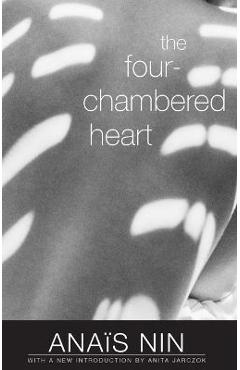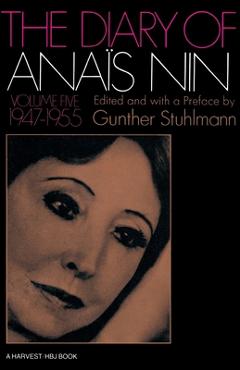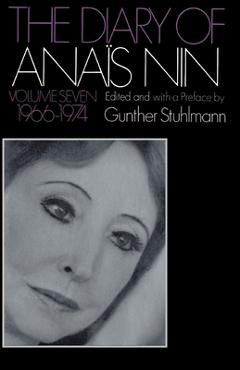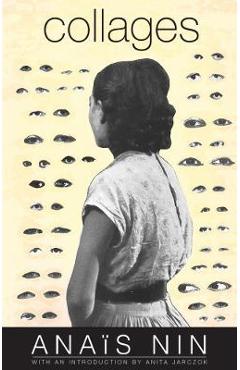The Four-Chambered Heart - Anaïs Nin

Detalii The Four-Chambered Heart - Anaïs
The Four-Chambered Heart - Anaïs - Disponibil la libris.ro
Pe YEO găsești The Four-Chambered Heart - Anaïs de la Anas Nin, în categoria Fiction.
Indiferent de nevoile tale, The Four-Chambered Heart - Anaïs Nin din categoria Fiction îți poate aduce un echilibru perfect între calitate și preț, cu avantaje practice și moderne.
Preț: 94.58 Lei
Caracteristicile produsului The Four-Chambered Heart - Anaïs
- Brand: Anas Nin
- Categoria: Fiction
- Magazin: libris.ro
- Ultima actualizare: 28-10-2025 01:22:05
Comandă The Four-Chambered Heart - Anaïs Online, Simplu și Rapid
Prin intermediul platformei YEO, poți comanda The Four-Chambered Heart - Anaïs de la libris.ro rapid și în siguranță. Bucură-te de o experiență de cumpărături online optimizată și descoperă cele mai bune oferte actualizate constant.
Descriere magazin:
The Four-Chambered Heart , Anaïs Nin\'s 1950 novel, recounts the real-life affair she conducted with café guitarist Gonzalo Moré in 1936. Nin and Moré rented a house-boat on the Seine, and under the pervading influence of the boat\'s watchman and Moré\'s wife Helba, developed a relationship. Moré; named the boat Nanankepichu , meaning not really a home. In the novel, which Nin drew from her experiences on the boat, the characters\' sources are clear. Djuna is an embodiment of Nin herself. A young dancer in search of fulfillment, she encapsulates all that the author was striving for at that time. The character of Djuna features in other novels, perhaps weaving a directly autobiographical thread into Nin\'s fiction. The gypsy musician, Rango, is therefore Moré, and his invalid wife is Zora. The old watchman is present as a force that, along with Zora, works against the lovers in their quest for happiness. Nin\'s main concern throughout the novel is the exterior, and how it affects the interior. Water is a cleverly used theme. I have no great fear of depths, says Djuna, and a great fear of shallow living. Rango and Djuna\'s relationship is, in effect, their effort to remain afloat. Often, Nin employs a stream of consciousness, especially in her flowing analyses of love, life and music, which continues the water image. Anaïs Nin\'s writing is typically exquisite in its detail and texture. She describes Paris: its black lacquered cobblestones and silver filigree trees. The humid scarfs of fog on the river, and the sharp incense of roasted chestnuts reveal their source through their reality: Nin\'s personal experience.

Produse asemănătoare
Produse marca Anas Nin

Lionette: The Early Diary of Anais Nin 1914-1920 - Anaïs Nin
![]() libris.ro
libris.ro
Actualizat in 28/10/2025
238.08 Lei

The Diary of Anais Nin Volume 5 1947-1955: Vol. 5 (1947-1955) - Anaïs Nin
![]() libris.ro
libris.ro
Actualizat in 28/10/2025
130.89 Lei


